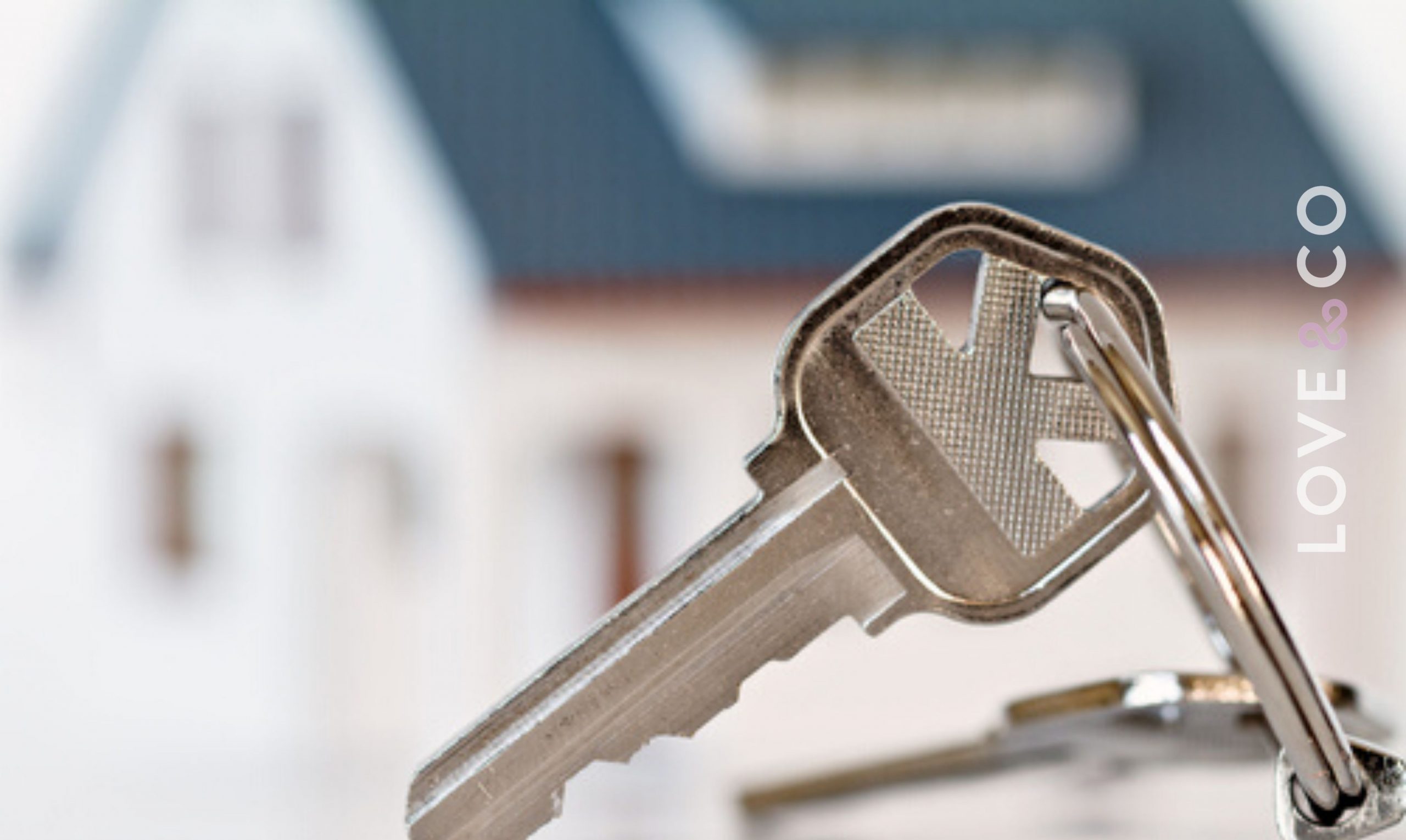Buy or Build – What’s Most Cost Effective for Victorians?
Getting into the housing market can be overwhelming, but once you’re ready to begin looking there is one further decision to be made – should you buy an existing property or build a brand new one?
There is no single right answer, as your decision needs to be made based on your unique lifestyle, budget and needs.
Today’s Love & Co blog delves into both options, explaining the pros and cons you should consider when purchasing your first house.
The Pros & Cons of Building A House
The main advantage to building a house is obvious – the choice is yours. Whether you’re building your dream home or basing it around what the market needs in order to maximise your profit, the final property can be exactly what you want it to be. Researching and speaking to knowledgeable agents like the team at Love&Co can help guide you as to what property features perform best on the market, depending on your location.
It’s not always smooth sailing, however. The construction process can be lengthy, stressful and expensive – although you can help stay in budget by opting for a fixed costs contract. Many people like the idea of choice, but making decisions about every last fitting can become tiring – you can join an existing development to reduce the number of choices, but then you are subject to that development’s rules.
It’s common for unexpected delays to push the build completion date back, which exacerbates another problem – the wait on return. Buying an existing house could see you moving in within weeks, whereas a build will take months. Finding land in a suitable location can also be tricky, as vacant blocks become harder to find without moving away from central districts.
However, getting the right property can mean you save money, even if initial costs are slightly higher. Newer properties tend to be more efficient and environmentally friendly, and having a warranty on your build could protect your for years to come. It’s also generally easier to get back your investment on a new build – newer houses tend to perform better on the market, and are easier to sell when it comes time to move.
We recommend chatting to your real estate agent or broker for advice on securing a construction loan – a specific type of home loan designed to support the funding of a new home’s construction. Quite different to standard home loans on existing properties, construction loans cover expenses as they arise while the building takes place, working in conjunction with the building process.
The Pros & Cons of Buying a Home
Buying an existing house has a major advantage – convenience. Buyers can get pre-approved by a lender, look around, find a place, and make an offer. With many homebuyers on a schedule – moving for work, reaching the end of a rental agreement or other factor, buying an existing house gives you a much more defined time to move.
Most often, established neighbourhoods tend to only offer existing houses, so if you are set on moving to this type of area you might not have much choice. Buying could save you money – in most cases, it is cheaper to buy an existing house than to build a new one.
One of the drawbacks is that you are unlikely to get exactly what you want, which will mean compromise. That will need to be factored in when you are calculating your budget, as renovations could suddenly turn a bargain property into an expensive option.
Getting into the Market as a First Home Buyer
For many eager first home buyers, all that is standing between them and their first property is the deposit. While old wisdom used to say 20% of the purchase price, that advice is mostly outdated – while a larger deposit could save you money in the long run, it’s not necessary in most circumstances.
5% of the purchase price will start to open doors, although any amount less than 20% is likely to come with compulsory Lenders Mortgage Insurance making your mortgage more expensive. If you have the option, there are some other ways you might be able to begin looking for a property, even if you don’t yet have that deposit:
The challenges arising from COVID-19 have given way to a number of changes to Victoria’s government grants and assistance programs for first home owners. This resource by the State Revenue Office provides details and answers to frequently asked questions.
Median House Prices and Median Rent Per Suburb
| Suburb | Median House Price | Median Weekly Rent |
|---|---|---|
| Mill Park | $685k | $390 |
| Reservoir | $780k | $400 |
| Ivanhoe | $1463k | $620 |
| Preston | $1010k | $500 |
| Thomastown | $618k | $370 |
| Epping | $570.5k | $385 |
| Thornbury | $1186k | $600 |
A Love & Co Agent’s Perspective: Michael Love

“Anyone going into real estate needs to keep the bigger picture in mind – consider where you’ll be in 7-10 years from now. Whether buying, building or investing, your strategy requires a clear, desired outcome and a thorough understanding of WHY you’re doing. From an agent’s perspective, taking the time to find out why they’ve chosen to embark on this journey is critical to ensuring appropriate advice is given, setting specific goals and time constraints. Understand the type of investment and what it means for you or your family in the long-term. Depending on your unique circumstances, Love&Co will work with you to consider options such as parental support for growing families, grants and third party negotiators.“
Should you keep renting and buy an investment property?
While new home buyers who dream of buying a house generally imagine themselves living in the new property, that doesn’t have to be the case. Some first home buyers choose to stay where they are, continue renting, and buy an investment property to rent out.
There are a number of reasons that it might suit a homeowner to stay put instead of moving into their new house. Location is an obvious one – if you like where you live but you can’t afford to buy there, it makes sense to invest in an area where your money will go further. It also allows people to buy a house that suits the market instead of needing a place that suits their personal requirements, which could see a better return on investment in the long term.
Some people choose to buy a property in an area that meets their long term goals, but not where they want to be in the short term. If you are renting a small property and keeping your bills low but larger houses are more in demand, you could save money by investing in the larger house with the option to move in at some point in the future when your lifestyle suits a bigger property.
Renting also offers flexibility that living in a self-owned property may not. If you buy in the right area, it’s even possible that the rent earned could be more than the costs associated with owning the house, meaning the house could provide neutral or even positive cashflow.
On the flip side, it’s important to note some potential drawbacks to this plan. Financially, buying to invest needs to be a firm strategic decision, as homeowners who don’t live in their property can forfeit first home buyers’ grants and assistance. It can also be a risk if the property isn’t continuously rented – if the property is left vacant, homeowners could find themselves paying both a mortgage as well as their own rent.
There is no one size fits all strategy for first homebuyers. You will need to consider your own personal goals, your lifestyle requirements, and your budget. Most of all, you should speak with a qualified and experienced professional from the team at Love & Co. They can help you make the right decision for you, and help guide you as you navigate one of the biggest and most important purchases you may ever make.



